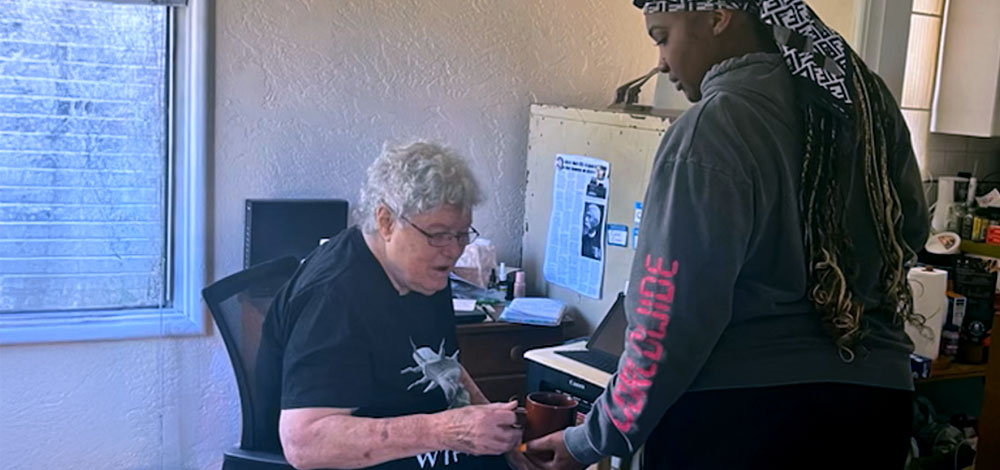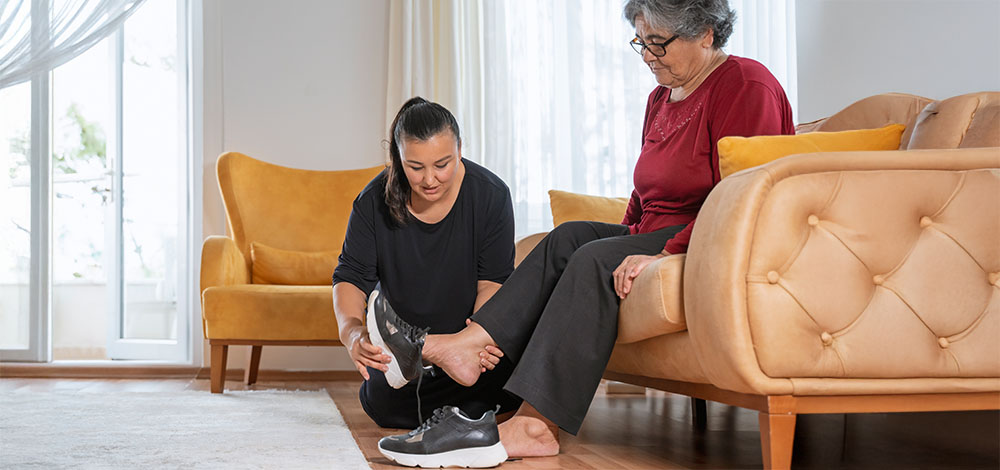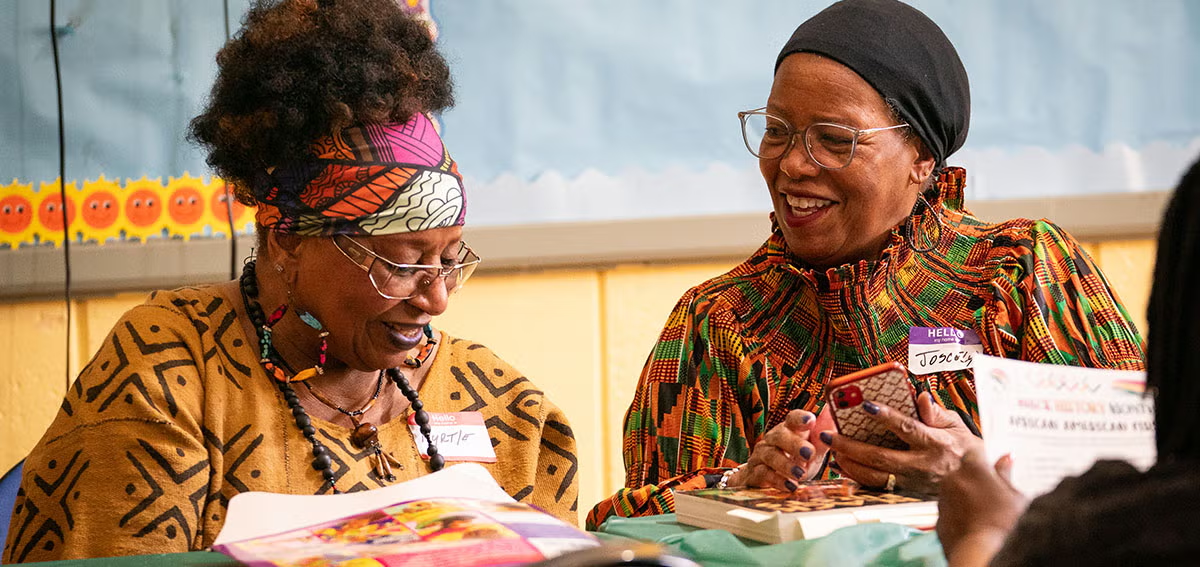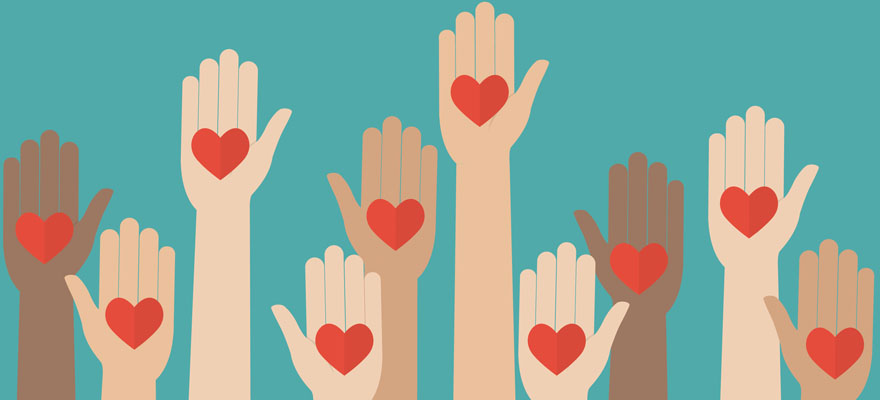
“Ask the receptionist to schedule you for my last appointment of the day. That way I can spend as much time with you as it takes to answer all of your questions.” These two sentences, spoken by my maxillofacial surgeon a couple of years ago, may not have been significant for him. But for me, a terrified patient facing the prospect of jaw surgery, they were the most meaningful sentences any health care provider had ever said to me.

In general, doctors are admitted to the medical field based on their grades, test scores, and technical prowess. But soft skills, like the ability to listen or empathize with patients, can fundamentally shape a patient’s experience — whether she feels heard or ignored, cared for or belittled, understood or overwhelmed. In the Journal of Participatory Medicine, researchers published a qualitative study based on open-ended interviews that found that 85% of respondents identified “having a doctor who listens to them” as being critical to their health care experiences, and that 71% felt the same way about “having a doctor who is caring and compassionate.”
The authors write, “The most striking finding of our study of what people want from their health care is that every participant answered this question as to what they wanted from the doctor. This confirms anecdotal reports that people understand medical care as the interaction with their doctor, and with growing research on the importance of shared decisionmaking in medicine.” (Emphasis added.)
Listening to patients isn’t just important because it can make or break a patient’s experience with the health care system. Patients’ health outcomes can suffer when health providers don’t or can’t dedicate time to making a personal connection with them.
Listening to Older Patients
In the New York Times, Paula Span writes about Marcia Levine, a retired family therapist who visited a gastroenterologist to examine the cause of her chronic fatigue. The doctor dismissed her complaints, saying, “At your age, you can’t expect to have much energy.” But when Levine eventually switched doctors, she was correctly diagnosed with a low-grade infection.
Stories like Levine’s are the impetus for medical schools to adopt anti-ageism curricula. Ronald Adelman, MD, cochief of geriatrics at Weill Cornell Medicine, developed an annual program for second-year medical students after he realized they were often basing care decisions on misperceptions of older adults. “If you’re only seeing the hospitalized elderly, you’re seeing the debilitated, the physically deteriorating, the demented,” Adelman says. “It’s easy to pick up ageist stereotypes.”
Span reports that at least 20 medical schools in the US have implemented anti-ageism programs to improve student attitudes toward older adults and improve elder care. This is crucial as the country’s demographics continue to change. The US Census Bureau projects that by 2035, older people will outnumber children for the first time in US history. At the same time, our supply of geriatricians is not meeting the demand. According to the American Geriatrics Society, the need for geriatricians will increase 45% by 2025.
Listening to Mothers
Too often, mothers also do not feel heard by their health providers. The Listening to Mothers in California survey, conducted by the National Partnership for Women & Families and funded by the Yellow Chair Foundation and CHCF, found that 74% of California mothers say natural childbirth should not be interfered with unless medically necessary, but only 5% gave birth with no medical intervention.
In Vox, Julia Belluz writes about the childbirth experience of Jill Arnold, a mother, maternity care patient advocate, and founder of CesareanRates.org. Arnold was repeatedly pressured by her doctor to have a c-section even though there was no indication it was medically necessary. With her husband and doula at her side, she refused a c-section again and again, eventually delivering a healthy baby girl after five hours of unremarkable labor. Arnold wants women to know that they can and should advocate for the maternity care they want: “It’s okay to say no [to a c-section] and to ask what their doctor, midwife, or nurse thinks will happen if they wait and watch,” she says.
Though California has been a leader in combating maternal mortality, in part by reducing unnecessary c-sections, the state is still struggling to provide mothers of color with better care. In California Health Report, Caitlin Yoshiko Kandil interviews Allyson Brooks, MD, an ob/gyn and Ginny Ueberroth executive medical director endowed chair of the Women’s Health Institute at Hoag Memorial Hospital Presbyterian in Newport Beach, California. Brooks emphasizes the importance of listening to mothers of color, saying, “In the perfect world, the decision to have a c-section is based on shared decisionmaking. If an individual is feeling like [she doesn’t] have a voice or that [she’s] not participating in a conversation or the physician isn’t participating in that two-way dialogue and there’s more of a paternalistic approach, you see the c-section rates go up.”
Listening to Plus-Size Patients
When Corissa Enneking’s mother dragged her to the doctor, she had been on a near-starvation diet for six months. Enneking had struggled with her weight throughout her life and was regularly consuming only a few hundred calories per day. The diet left her hungry all the time and erratic much of the time. But her doctor looked her up and down and, ignoring the clear and dangerous signs of an eating disorder, said, “Well, whatever you’re doing now, it’s working.”
In the Huffington Post, Michael Hobbes profiles Enneking and other patients who meet the clinical definition of overweight or obese. He writes, “Ask almost any fat person about her interactions with the health care system and you will hear a story, sometimes three, the same as Enneking’s: rolled eyes, skeptical questions, treatments denied or delayed or revoked. Doctors are supposed to be trusted authorities, a patient’s primary gateway to healing.” But instead, many plus-size patients feel traumatized by experiences with doctors who proselytize weight loss as the answer to their non-weight-related health issues. Take Emily, who went to a gynecological surgeon to have an ovarian cyst removed. Hobbes writes that “the physician pointed out her body fat on the MRI, then said, ‘Look at that skinny woman in there trying to get out.’”
Weight bias is pervasive in the health care industry even though studies have shown that people who are classified as clinically obese can be metabolically healthy and people who are thin can be unfit or diabetic. When doctors don’t listen to plus-size patients, they can miss opportunities to diagnose serious health problems and even exacerbate mental health issues stemming from the trauma of being fat in a fat-shaming world. Ginette Lenham, a counselor who specializes in obesity, told Hobbes, “A lot of my job is helping people heal from the trauma of interacting with the medical system.”
How Can Health Care Providers Be Better Listeners?
There are no shortcuts for getting the health care system to prioritize patients’ voices, but there are steps that the industry and its providers can take toward that end.
To listen to older patients, exposing medical students to anti-ageism programs like the one at Weill Cornell can help change the future health workforce’s perception of older adults. An evaluation published in the Journal of the American Geriatrics Society showed that 10 US medical schools with senior mentor programs demonstrated a positive effect on student attitudes toward older adults.
To listen to mothers, especially mothers of color, it helps to have culturally and linguistically competent doulas to advocate for women before and after birth. A study published in Birth found that women on Medicaid who received doula support had lower preterm and c-section birth rates than women on Medicaid who did not. The potential savings associated with doula support was, on average, $986 per birth.
To listen to plus-size patients will require a paradigm shift in the way doctors view and value weight. A new study published in the AMA Journal of Ethics confirms “the well-described phenomenon that medical students, like physicians, hold strong negative biases against obesity and patients with obesity.” These negative biases were consistent across six cohorts (2012 to 2017) of first-year medical students “despite increased attention to the obesity epidemic in the literature and mass media.”
However, the researchers note that there is potential for using television and film depictions of negative weight bias to change students’ self-reported attitudes toward patients with obesity. Since nutrition education is lacking in US medical schools, they recommend future research on combined nutrition and ethics curricula to mitigate weight bias among medical students.
Tell me about an interaction with a doctor that stands out in your memory, email me.
Authors & Contributors





